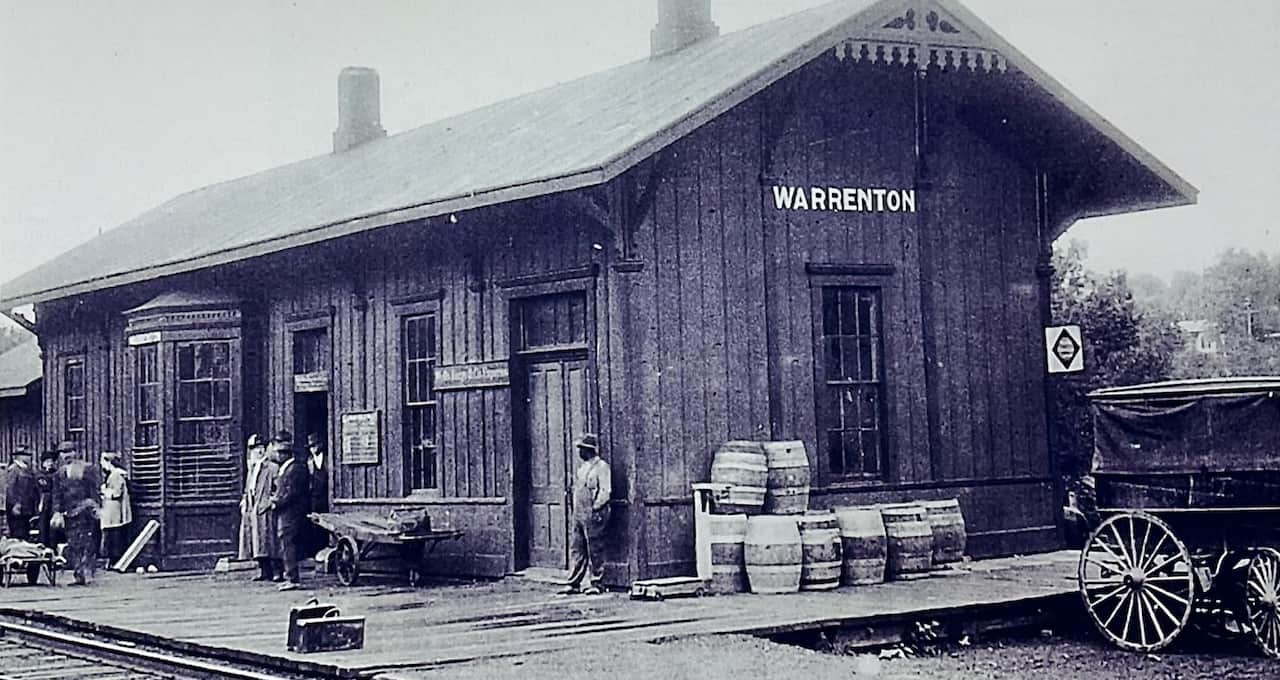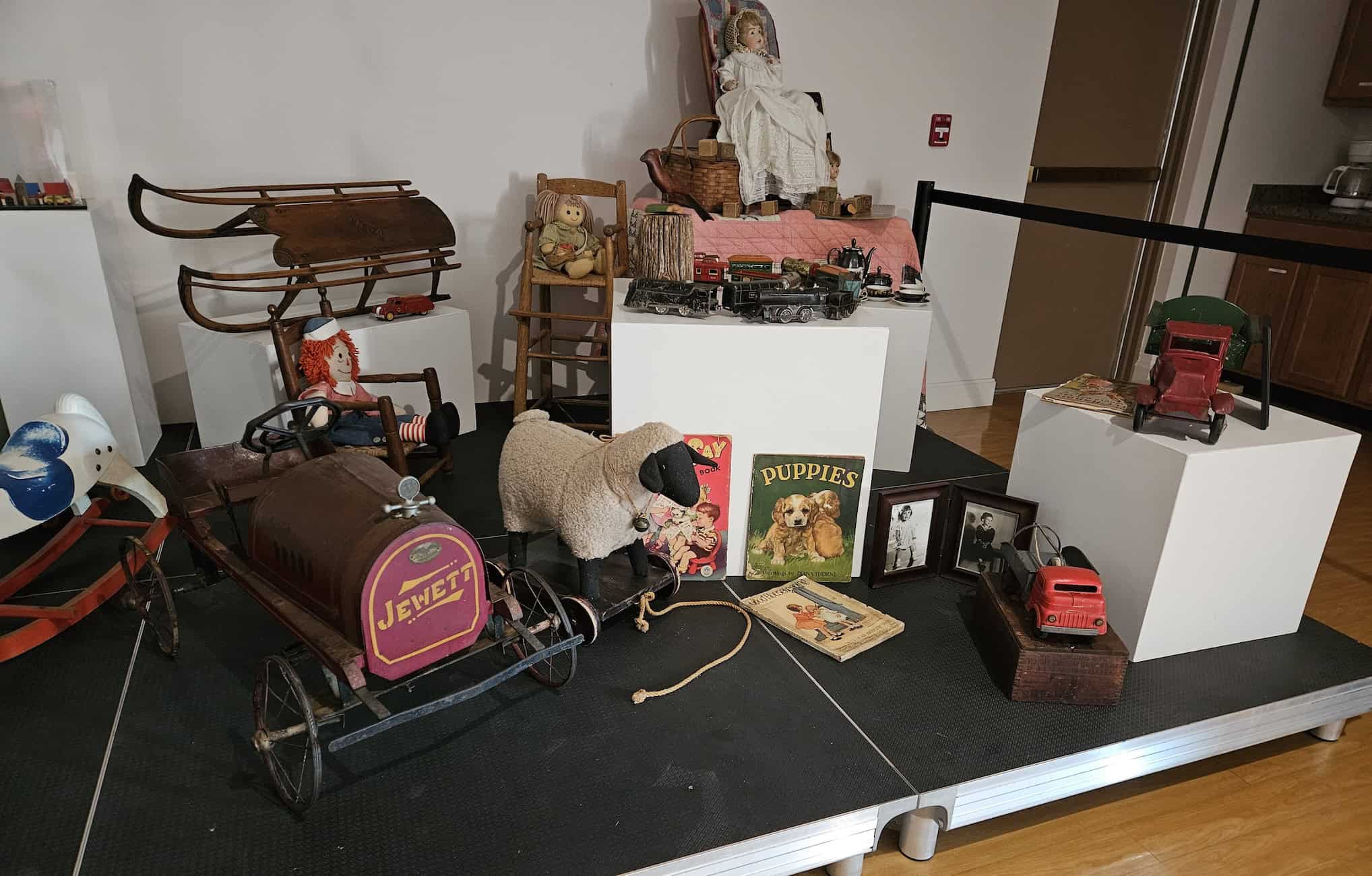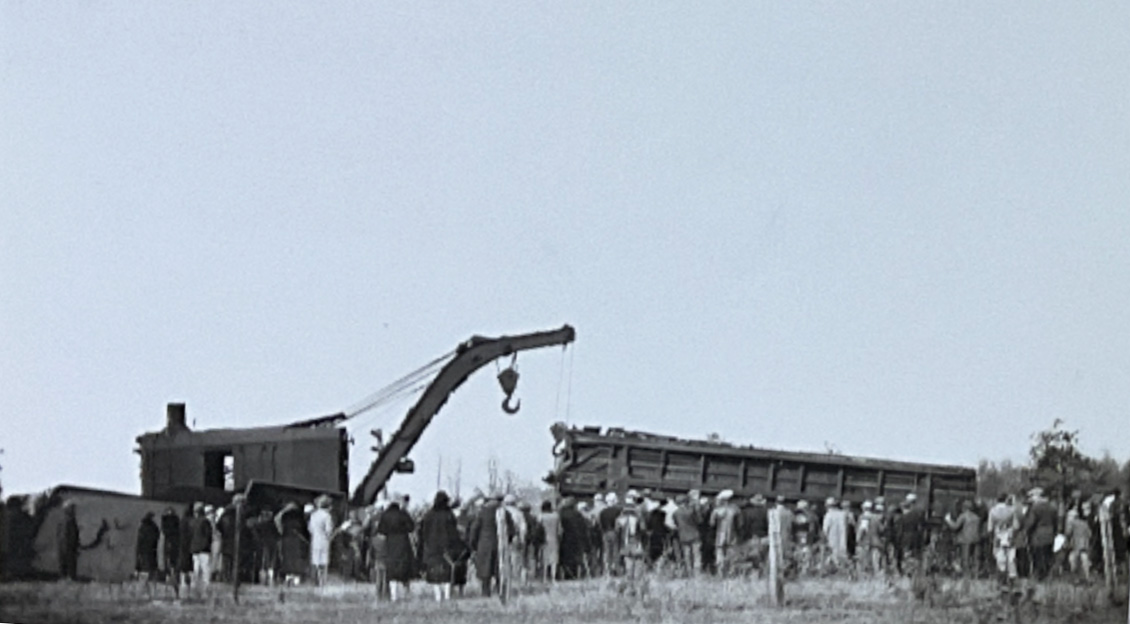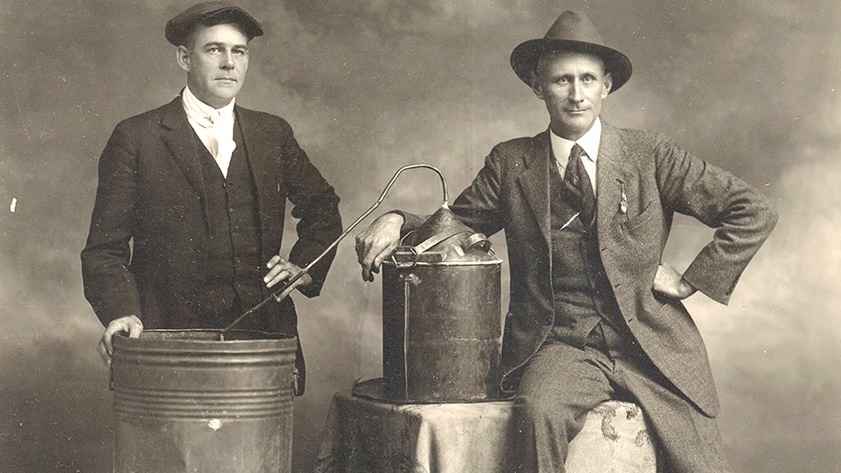William Truisdail, a contractor with the North Missouri Railroad, struck a deal with his employer that no one today could ever expect to receive. As the new owner of a large plot of land in central Warren County, Truisdail would gift the necessary land of his newly plotted village to the North Missouri Railroad if, in exchange, they agreed to name the village after him.
At a time when railroads could single-handedly build towns out of seemingly nothing, everyone agreed. The Railroad got free land, and Truisdale, Missouri was officially on the map in 1856 (the town’s name quickly evolved to Truesdale). A humble and charming depot was erected, a platform built, and trains began arriving daily with freight and passengers in 1857.

The North Missouri brought contractors like Truisdail, progress, and heaping sums of money to the region. The railroad had already been building the line into nearby Warrenton about a year earlier. But for twenty-six years after Truesdale’s depot opened, the residents of Warrenton did not have their own depot, instead sharing the distinction with Truesdale despite contributing a hefty sum of their own local money to build the railroad.
Warrenton residents slighted over lack of depot
The issue began in 1855 when the rail line tracks were constructed with $50,000 in cash by residents from across Warren County. To most county residents, Warrenton was the logical and fair place to centrally locate a proposed depot. When the North Missouri Railroad began operating in 1857 it stopped at Truesdale thanks to support from the Railroad to build the depot there and stockholders of the railroad preferred using cheap land gifted by Truisdale than building another and likely more expensive depot in Warrenton.
The lack of a depot left the county seat without a functioning place for meetings, freight, and a fair bit of tourism. Businesses were forced to unload goods and trek them into town from Truesdale. Seemingly no one but the residents of Truesdale and the railroad were happy with the arrangement.
All this at a time when a depot demarcated a place worth being, not just passing through. In an era when railroads were busting at the borders and seams of every region of the U.S., the potential upside for residents felt as big as the rest of the country.
But to be noted as a place worth being, you first had to have a depot. Feeling slighted, residents of Warrenton sought to construct their own depot closer to larger industry and commercial corridors, despite the organized opposition of Truesdale residents and the railroad.
Then, the shelling of Fort Sumter in South Carolina sparked new divisions and unions in the United States.
Confederates target depots and rail lines in Missouri
Under the orders of former Missouri Governor and newly appointed Confederate General Sterling Price, Captain Bill Anderson carried out the command for Confederate troops to destroy the still-new North Missouri Railroad.

In late 1860 and at times throughout the 1861 nearly every bridge, culvert, car, train engine, and depot was burned. Fuel was ignited, tracks torn up or bent, and bridges, including the Red Hill Bridge west of Warrenton, were destroyed. The Truesdale Depot was among those destroyed.
Under literal attack, residents of Warren County formed new resolve. For a time, Warrenton-Truesdale residents united in a shared grievance of having no depot. Enlistment surged in the U.S. Army from Warren County, despite Missouri’s position as a border state and significant numbers of Confederate sympathizers.
Until the closing battles of the Civil War, rail travel far beyond Warren County was severely limited. The North Missouri went bankrupt in 1871, but its 353 miles of track were quickly bought and reorganized as the St. Louis, Kansas City, and Northern Railway in 1872.
The railroad later merged several more times to form the Wabash Railroad, with lines extending to Chicago, Detroit, and points in Indiana, Michigan, Illinois, Iowa, and Missouri, making the connections to the rest of the Midwest even more appealing to local residents. The Wabash, which suffered a notable train wreck in 1904, ultimately became Norfolk Southern in 1982.
Warrenton gets its depot, but not for long
After the war, the citizens of Warrenton again contributed their own cash toward a depot. Residents raised $1,200 toward the $2,800 construction costs of a new depot, financed the rest, and celebrated in 1883 when the Warrenton Depot formally opened.
The small but neat station featured a wooden platform, two fireplaces, restrooms, tall windows to let in lots of sunlight, a conductor’s office, and a waiting area. “WARRENTON” was neatly written on each side facing the oncoming trains in bold, white letters.


In the struggle for perceived dominance over its neighbor, Warrenton residents were proud to boast of a dedicated depot along with a robust business community, industry, Central Wesleyan College, and serving as the seat of government in Warren County. For many county residents, the hub of Warren County was rightly restored.

The Warrenton Depot was often the place to be, too. It was a more spacious and robust facility than the former Truesdale Depot reopened after the war. A later 1938 account from the Warrenton Banner described the Warrenton Depot as “perhaps the most popular place in town.”
When traveling by train was at its peak, the Warrenton Station was perhaps the most popular place in town. People who had leisure time during the day met the trains and in the evenings there was always a large crowd at the depot at train time. Many trains passed through Warrenton years ago and most of them stopped for mail and passenger service. However, of late years, when people had cars of their own and bus travel became popular, the Warrenton depot became a deserted spot and was closed by the Wabash Railway about two years ago.
Both depots served as weather stations, meeting places, and telegraph operations for trains, railroad companies, and local residents. Frequent communication between Washington and points south and west would warn of impending rain or other weather. U.S. mail delivery by train to Warrenton in the early 1900s. Eventually, the railroad would sort out the use for both nearby depots, with freight and passengers serviced at Truesdale, while Warrenton exclusively served passenger trains.

When the Warrenton Depot was ultimately torn down due to disuse around 1936, the Truesdale Depot was repainted the Truesdale-Warrenton Depot and once again stood as the sole train depot in Warren County. The station was open 24 hours and an agent was on duty all day while a telegrapher was on duty all night, providing passenger service at nearly all hours.
Despite the consolidation of depots at Truesdale and their eventual disuse as a passenger line after World War II, the line continued to be an outsized presence through the 1950s. Presidents as early as Theodore Roosevelt and William Howard Taft campaigned along the rail line, stopping in Warren County to speak. Dwight D. Eisenhower’s “Final Salute” train embarked on a cross-country trip that traveled through Warren County, too.
Today, the only demarcation that a depot ever existed in either location is the presence of streets named after the depots.





